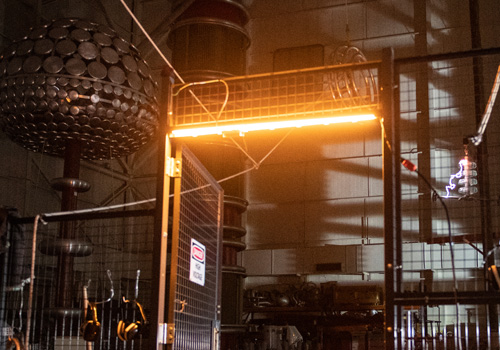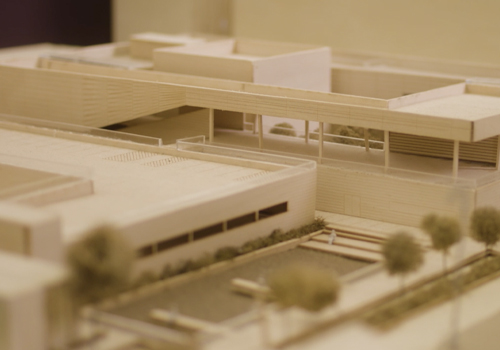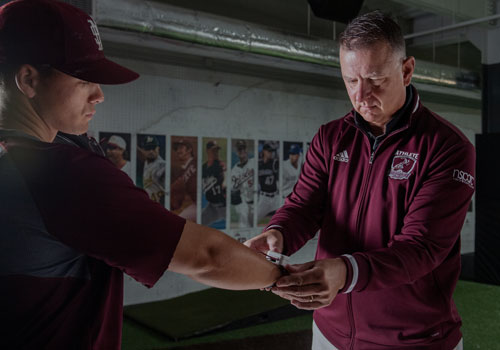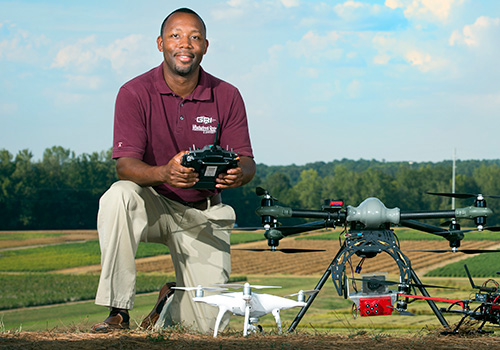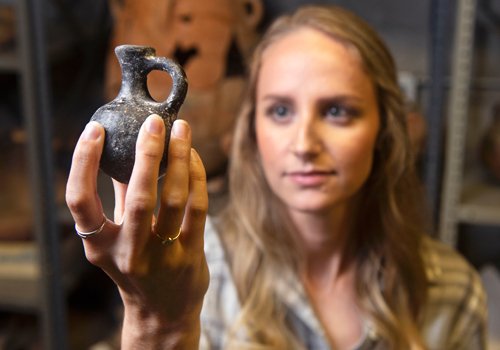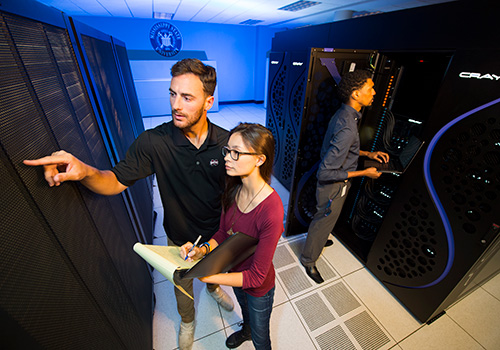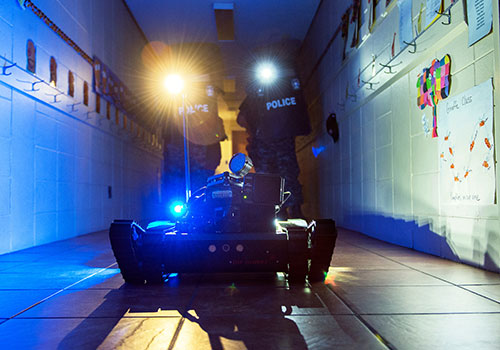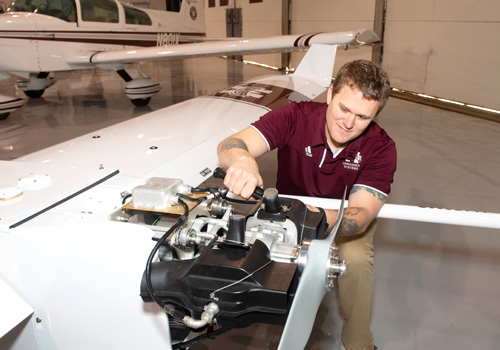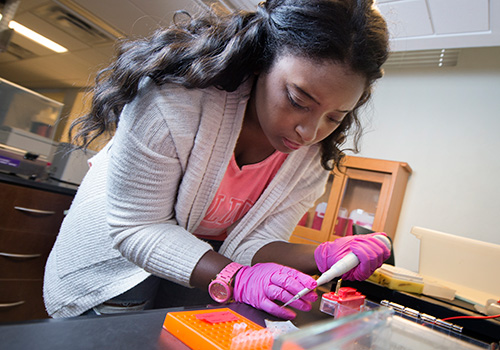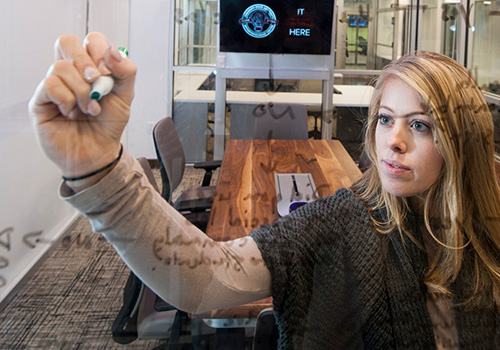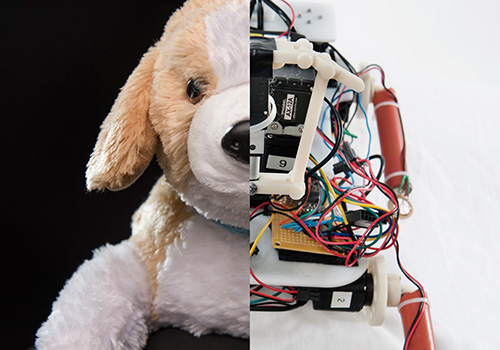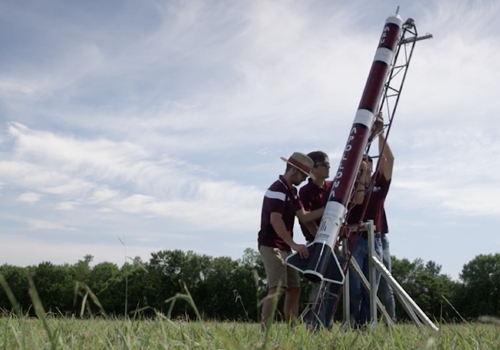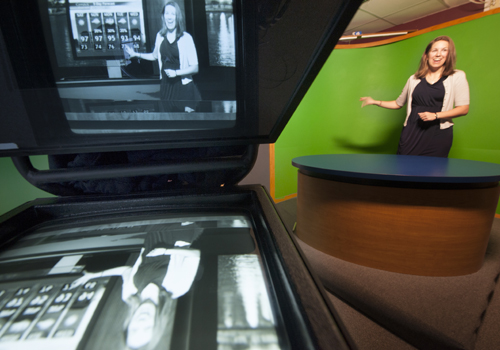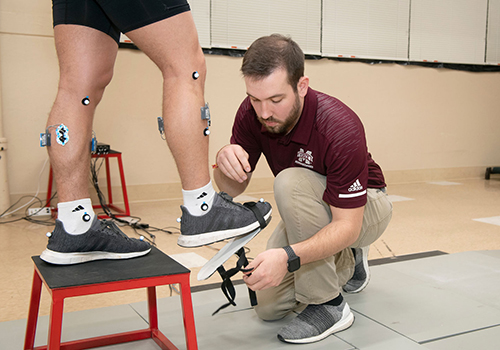“There are several military applications, such as our amazing ability to break the visual camouflage of an enemy in combat, where computers can be easily fooled,” Pratte says. “Similar problems exist in the field of medicine.
“When you get a scan of a broken bone, or a sample of tissue is taken to test for a disease such as cancer, these images are sent to experts who look at them to determine whether you have a disease and what type,” Pratte says. “It takes many years to train a person to be effective at this job, and there is a lot of variability in how good any individual might be. To date, computers have been terrible at these tasks. But if we can understand how a radiologist sees that a bright spot is in fact cancer, or a pathologist knows that something about a particular sample is abnormal, then we could use computers to have more reliable diagnoses, and ones that are available across the world.
“Can we build computers that do that?” he asks. “Can we build computers that can listen and talk or identify cancer? Probably not until we have a much better understanding of how our brains are able to do all of these things so well.”










